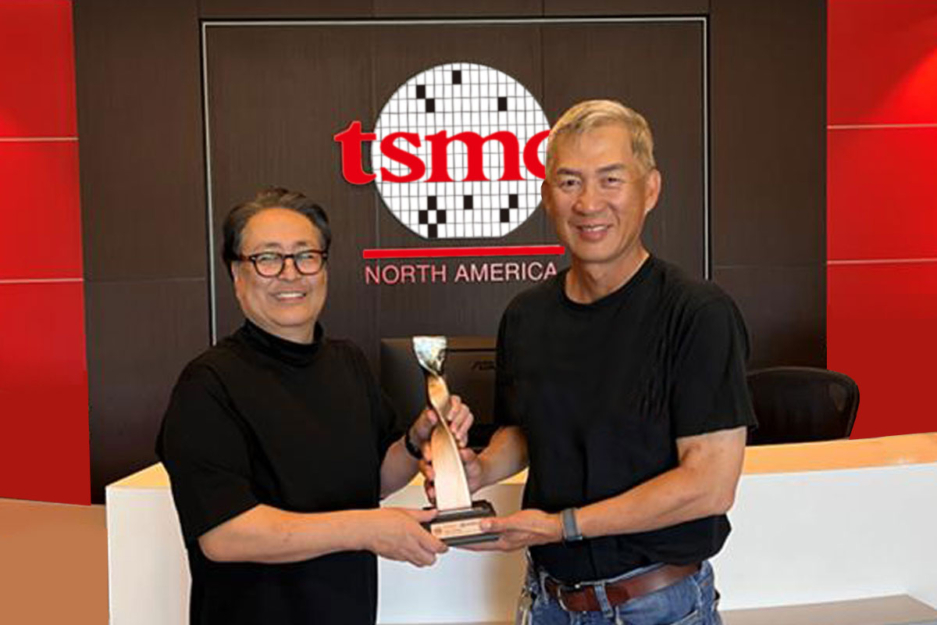5 Easy Facts About pet health monitoring devices Described

The mission was colloquially called Apollo 1; the crew even experienced agency acceptance for your mission patch paying out homage to the flight’s foremost posture amid manned missions.
While in the occasion of the abort demanding the destruction with the rocket, the selection security officer would remotely shut down the engines and following quite a few seconds send out Yet another command for the formed explosive expenses attached into the outer surfaces on the rocket to detonate. These would make cuts in fuel and oxidizer tanks to disperse the gasoline swiftly and to minimize mixing.
When loaded, drastically greater than ninety percent of your mass in the phase was propellant; even so, the extremely-lightweight design had led to 2 failures in structural screening. In lieu of possessing an intertank construction to separate the two gasoline tanks as was completed during the S-IC, the S-II employed a standard bulkhead that was produced from both the highest of the LOX tank and bottom with the LH2 tank.
President Lyndon Johnson described the launch, "The entire world could see the awesome sight of the first launch of what's now the largest rocket ever flown. This launching symbolizes the ability this country is harnessing with the tranquil exploration of Place."[51] Von Braun spoke in the mission as "a professional launching the many way through, from raise-off just punctually to effectiveness of each and every phase".
Assessments on the Saturn I rocket and flights of boilerplate Apollo Command Modules (CSM) experienced begun in 1961. And from the start NASA had been utilizing a straightforward and self-evident naming plan: a letter denoting the rocket and payload and selection standing with the rocket style and start variety. There were ten Saturn I launches designated by “S” or “AS” accompanied by a selection from a hundred to one hundred ten.
The future new edition on the Intento platform will integrate generative AI natively into existing computerized translation workflows. This improvement is anticipated to deliver as much as a ninety% advancement in translation good quality, which makes it a match-changer in multilingual material precision.
This pin were meant to be flown on that mission and presented to Slayton afterwards, but subsequent the disastrous start pad fireplace and subsequent funerals, the widows gave the pin to Slayton. Armstrong took it with him on Apollo 11.[82] Site range
[242] The remains with the ascent stage lie at an not known spot within the lunar area, soon after becoming deserted and impacting the Moon. The placement is unsure due to the fact Eagle ascent stage wasn't tracked after it had been jettisoned, and also the lunar gravity industry is sufficiently non-uniform to help make the orbit in the spacecraft unpredictable after a short time.[243]
On May well 24 it had been introduced that the S-II could be removed for inspection next the invention of hairline cracks in A different S-II then currently being made, this perform becoming completed by mid-June, and then the CSM was also returned on the stack, The very first time the launch auto and spacecraft were completely assembled. It was rolled out to LC-39 on August 26, 1967,[fourteen] the place it had been joined from the Cell Servicing Framework that allowed usage of the start car and spacecraft two times later on, also transported by crawler.[18] This was The 1st time a NASA spacecraft had been assembled away from its start web site, something allowing for safety from Florida's hot and humid local climate for tools and staff.[19]
The motor shutdown treatment was altered with the launch of Skylab to avoid harm to the Apollo Telescope Mount. Instead of shutting down all 4 outboard engines simultaneously, they were shut down two at any given time having a hold off to cut back peak acceleration further more.[9] S-II sequence[edit]
When it comes time for you to established Eagle down in the Sea of Tranquility, Armstrong improvises, manually piloting the ship past a location suffering from boulders. Through the closing seconds of descent, Eagle’s computer is sounding alarms.
[110] Mission controllers had prepared to send out Apollo twelve's S-IVB into photo voltaic Apollo 3.5 blue plus processor orbit after separation from your Apollo spacecraft, however it is thought the burn off lasted much too long, and therefore did not deliver it near plenty of to the Moon, so it remained in the hardly secure orbit within the Earth and Moon. In 1971, via a number of gravitational perturbations, it is believed to have entered inside a solar orbit and after that returned into weakly captured Earth orbit 31 a long time later on. It still left Earth orbit once more in June 2003.[111] See also[edit]
The warmth shield was upgraded to Block II expectations considering the fact that Apollo 4's substantial-speed re-entry into Earth's ambiance was meant to simulate a return from your Moon.[29] Unique machines were set up to permit Mission Management to operate the CSM's units remotely, and there was a digital camera that would quickly get pictures away from one of many CM's Home windows on its ultimate orbit.[30] Due to the fact Apollo 4 carried no crew the CM lacked couches, controls and displays.[31]
“As Ambiq proceeds to diversify and expand its organizations around the globe, the new Engineering Layout Centre is an extra testament to our commitment and expenditure in Singapore for long run achievements, permitting us to expand our growth groups proficiently.”

Get Smart. Use Less Energy.
Ultra-low power SoCs for IoT endpoint devices
that demand complex operations
and longer battery life.
✍ Ambiq® is committed to further improve the quality of life by enabling the intelligence of endpoints while further reducing carbon footprints. Ambiq – your partner in endpoint intelligence.
✯✯✯Based in Austin, San Jose, Hsinchu, Shenzhen, and Shanghai, our leadership and management teams consist of advocates, builders, enthusiasts, entrepreneurs, explorers, incubators, inventors, pioneers, protectors, thinkers, and visionaries. With a diverse spectrum of experiences and skillset, we came together and united with one goal to enable the true Internet of Things where the battery-powered endpoint devices can truly be connected intuitively and intelligently 24/7.
Ambiq Wins the Demo of the Year Award at 2023 TSMC Technology Symposium
September 7, 2023, Austin, TX – Ambiq®, a leading developer of ultra-low-power semiconductor solutions that deliver a multifold increase in energy efficiency, was awarded the Demo of the Year Award by TSMC as a participant of the Innovation Zone at the 2023 TSMC North America Technology Symposium.
Ambiq Wins the Demo of the Year Award at 2023 TSMC Technology Symposium
During the April event, Ambiq showcased various product design wins using TSMC’s 22nm technology in wearables, digital health, smart home, Industrial IoT, pet trackers, and retail segments, with industry-leading energy efficiency. Ambiq also featured two live demos emphasizing its leadership in enabling endpoint AI with its HeartKit™ for remote patient monitoring and its graphics display capabilities for a vivid user interface.

TSMC pioneered the pure-play semiconductor foundry business model when it was founded in 1987, helping startup companies accelerate their innovations by providing access to the industry’s leading process technologies and manufacturing capacity. Since 2021, TSMC has expanded that mission with an Innovation Zone at its worldwide Technology Symposiums, highlighting how TSMC partners with startup companies to enable cutting-edge products from various applications, including high-performance computing, communication, automotive, IoT, and consumer segments.
“We’re grateful to TSMC and our booth visitors for allowing us to share our energy-efficient technology and processor solutions with them,” said Ambiq’s CEO, Fumihide Esaka. “We’re moving towards an exciting frontier of AI becoming more engrained with our daily lives. With that vision on the horizon, we will continue to develop innovative and first-of-its-kind ultra-low-powered solutions that keep innovation and sustainability in mind.

Ambiq’s mission is to develop the lowest-power semiconductor solutions to enable intelligent devices everywhere by developing the lowest-power semiconductor Blue iq solutions to drive a more energy-efficient, sustainable, and data-driven world. Ambiq has helped leading manufacturers worldwide develop products that last weeks on a single charge (rather than days), while delivering a maximum feature set in compact industrial designs. Ambiq’s goal is to take Artificial Intelligence (AI) where it has never gone before in mobile and portable devices, using Ambiq’s advanced ultra-low power system on chip (SoC) solutions. Ambiq has shipped more than 200 million units as of March 2023.
Ambiq Designs Low-Power for Next Gen Endpoint Devices
Ambiq’s VP of Architecture and Product Planning, Dan Cermak, joins the ipXchange team at CES to discuss how manufacturers can improve their products with ultra-low power. As technology becomes more sophisticated, energy consumption continues to grow. Here Dan outlines how Ambiq stays ahead of the curve by planning for energy requirements 5 years in advance.
Ambiq Highlights From Embedded World 2024
Facebook | Linkedin | Twitter | YouTube